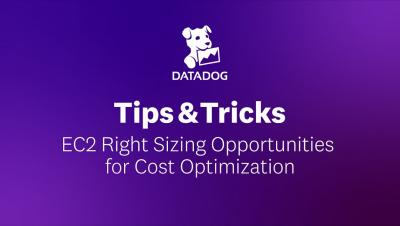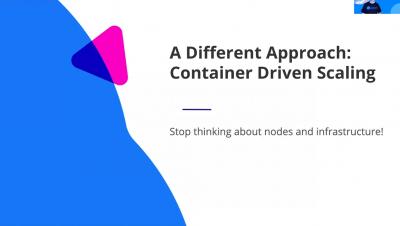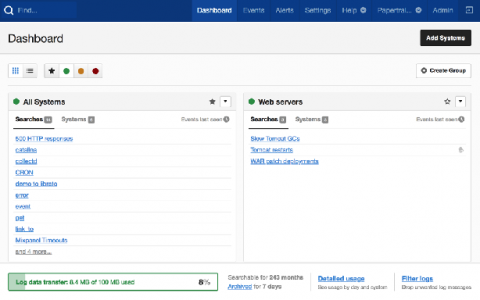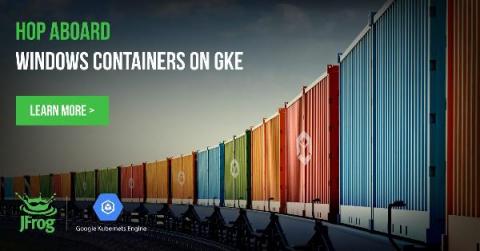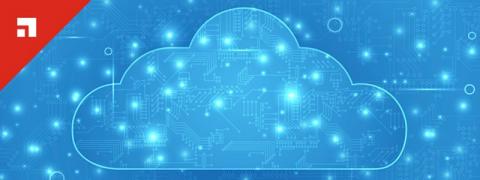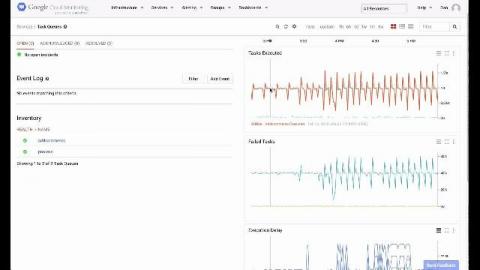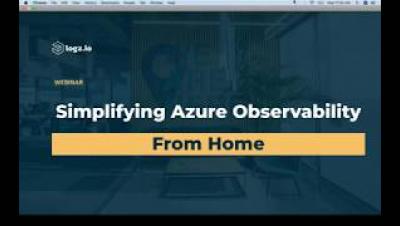Operations | Monitoring | ITSM | DevOps | Cloud
Cloud
The latest News and Information on Cloud monitoring, security and related technologies.
5 Benefits of Cloud-Based Log Aggregation Tools
Hop Aboard Windows Containers on GKE
With Google’s new support for Windows containers on Google Kubernetes Engine, you might be eager to start bringing your .NET-compatible Docker workloads to Google Cloud Platform. JFrog is ready to help you hop aboard. In fact, Artifactory’s bags are already packed.
Can AWS API Gateway Act as a Load Balancer?
TL;DR: yes, API Gateway can replace what a Load Balancer would usually provide, with a simpler interface and many more features on top of it. The downside is that it doesn’t come cheap. Load balancers have been one of the most common ways to expose a backend API to the public or even to an internal/private audience. API Gateways seem to provide the same functionality: map and connect HTTP requests to a backend service. So, are they the same or are there any differences?
Automate your way to Reduce OpEx during COVID19
As enterprises slowly get out of the shock and awe of the effects of COVID19 on it’s IT operations, they are and will start exploring how to reduce CapEx and OpEx. Most enterprises are not going to let go of existing cash especially if it is a capital expenditure. Any new hardware or software purchase or refresh is out of the window (including Windows licenses). At the same time, they will also start looking for ways to reduce OpEx. For e.g.
Your Personal IT Assistant: Ivanti Cloud
For many IT organizations, widescale remote working brings new requirements for supporting both end-users and assets. This is stretching resources and capabilities for many IT teams as they adapt to this change without compromising quality or security. Until recently, the office was the traditional hub of connectivity—not just to business systems, but also among employees.
Monitoring service health and downtime events within your Google Cloud with Zenduty
Google Cloud Platform (GCP) is a collection of Google’s computing resources, made available via services to the general public as a public cloud offering. The GCP resources consist of physical hardware infrastructure — computers, hard disk drives, solid-state drives, and networking — contained within Google’s globally distributed data centers, where any of the components are custom designed using patterns similar to those available in the Open Compute Project.
3 Tips for Building a Strong Unified Cloud Security Strategy
In a world full of threats targeting data as well as stringent compliance mandates, it’s never been more important to create a strong unified cloud security strategy. But as cloud environments become more complex and diverse, it’s also never been more difficult. Even if you’re partnering with a notably secure provider, it’s still important to understand your security responsibility and to be proactive about protecting your data in the cloud.


